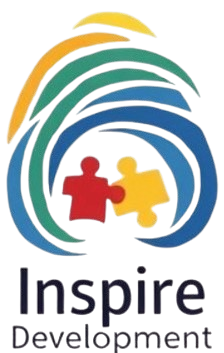Faq
What is ABA therapy?
Applied Behavior Analysis (ABA) is a scientifically supported approach to understanding and modifying behavior. ABA therapy uses techniques based on the principles of learning theory to help individuals develop useful skills, improve socially significant behaviors, and reduce behaviors that may be harmful or disruptive.
How does ABA therapy work?
ABA therapy works by breaking down complex behaviors into smaller, more manageable steps. Through structured interventions, therapists provide reinforcement for desired behaviors and use strategies to reduce unwanted behaviors. It’s a highly individualized approach, focusing on each person’s unique needs.
Is ABA therapy appropriate for my child?
ABA therapy is highly effective for many children, especially those with ASD. However, the appropriateness of ABA for your child depends on several factors, including the child’s specific needs, age, and any co-occurring conditions. A consultation with a trained therapist or behavior analyst can help determine if ABA is right for your child.
What does a typical ABA therapy session look like?
ABA therapy sessions are typically one-on-one, with a therapist working directly with the individual. A session can include activities such as:
Structured learning tasks.
Play or social interaction practice.
Communication and language development exercises.
Behavioral interventions for reducing undesired behaviors. Sessions are tailored to meet the individual’s specific goals.
Is ABA therapy covered by insurance?
Many insurance plans cover ABA therapy, especially for children with a diagnosis of Autism Spectrum Disorder. However, coverage varies by plan and location. It is important to contact your insurance provider to check for specific coverage details, including any required pre-authorization and limitations.

